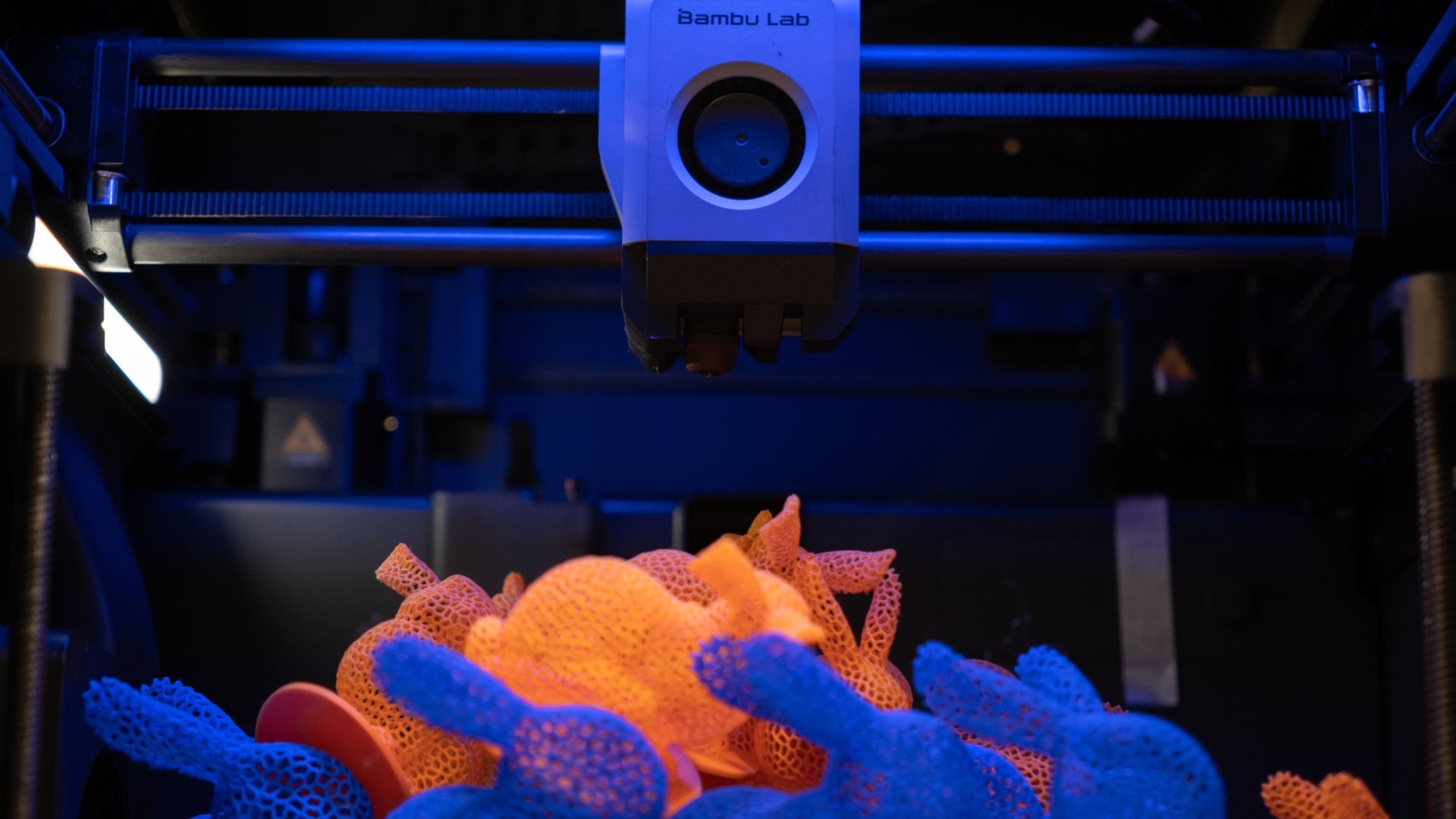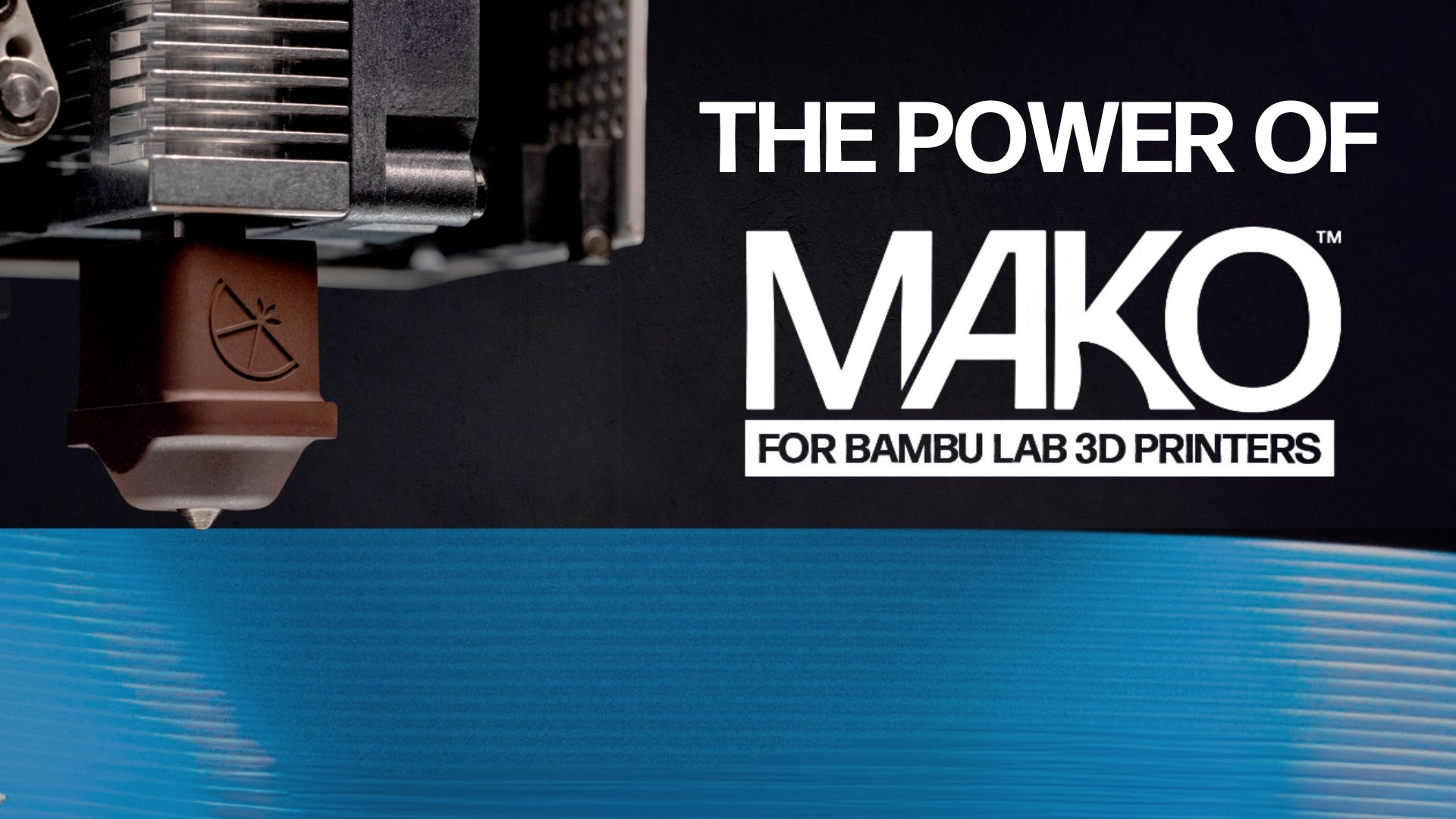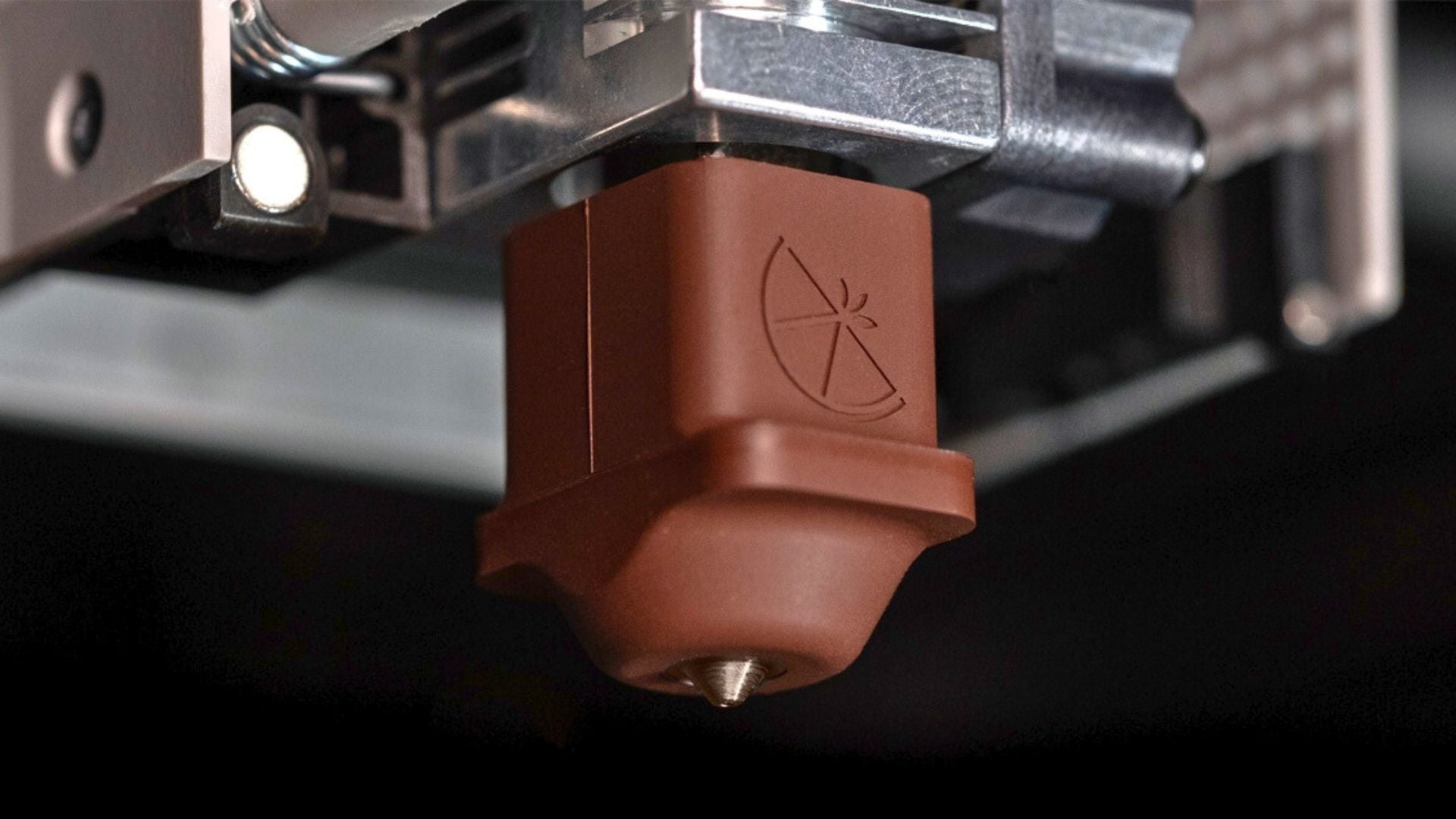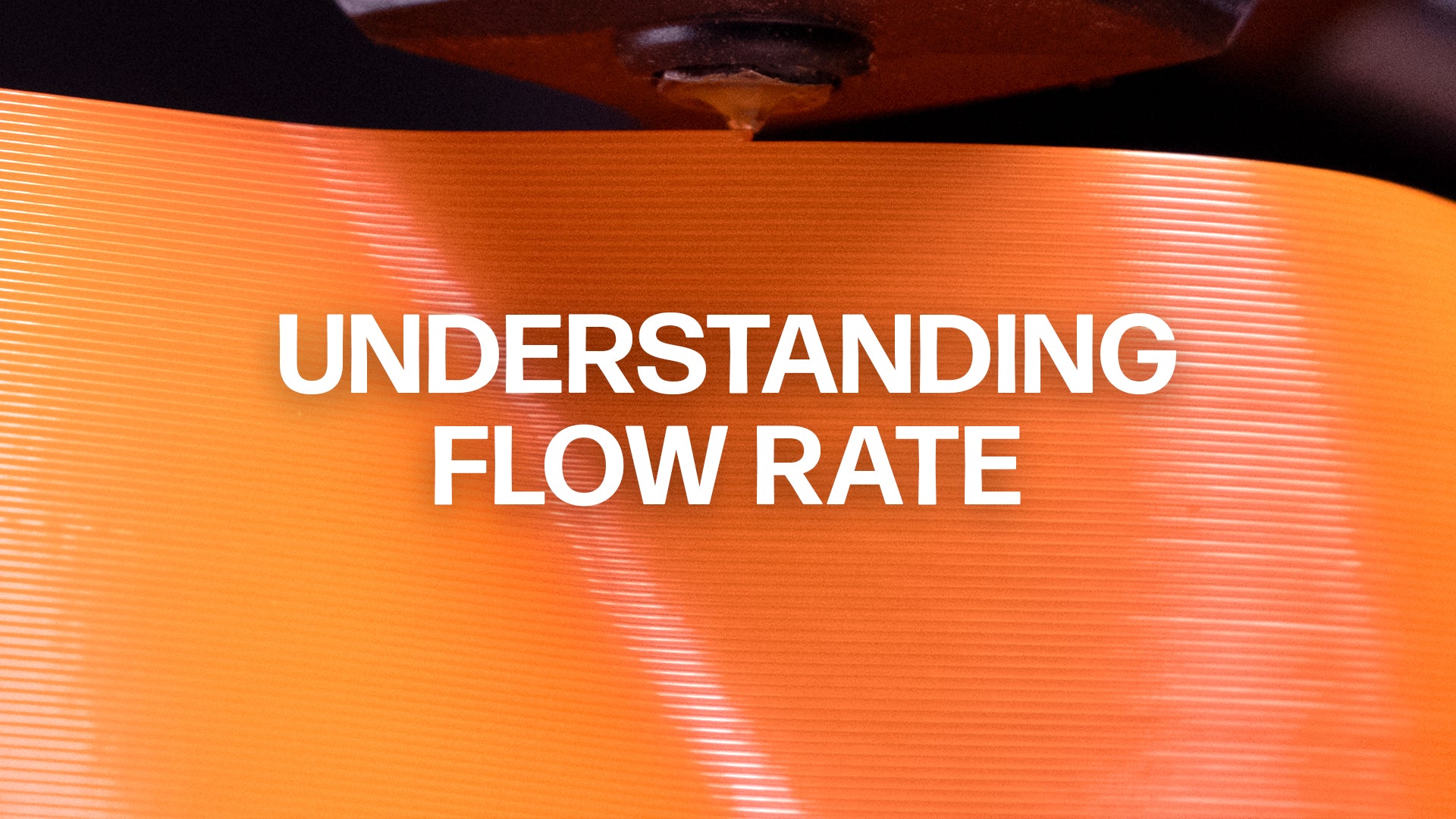
Boron Nitride Paste: What You Need to Know

Peyton Shelton
Marketing and Social Media Coordinator
NASA is turning to Boron Nitride (BN) for high-temperature applications on their first crewed mission to Mars, and it's no surprise why: it works.
BN Paste efficiently elevates heat conduction between components, maximizing the heat transfer capacity of high-temperature parts. Because of high printing temperatures and the ever-growing need for thermal efficiency, BN Paste has made its way into 3D printing.
Slice Engineering’s Boron Nitride Paste ensures even heat distribution in your hot block, improving printing performance and greater efficiency. And unlike some anti-seize compounds, BN Paste is not electrically conductive, eliminating the risk of shorting out your heater cartridge or thermistor. Moreover, BN Paste is inert and has no deleterious interactions with metals such as steel, aluminum, or copper alloys.
The Boron Nitride particles in our compound are in an aqueous suspension. Once heated, the suspension’s liquid portion evaporates, leaving a crumbly, clay-like paste behind. This paste has a highly conductive, tightly packed crystalline microstructure (31.4 W/mK at 100 °C). BN Paste’s unique thermal properties make it an ideal candidate for NASA and a necessary component for your printer.
Why Do We Use BN Paste?
If you're familiar with our hot blocks, you know that BN Paste is important for installing heaters and temperature sensors. Our Mosquito and Copperhead hot blocks use retaining screws to hold the heater and sensor in place instead of clamps, which can put unnecessary pressure on the cartridges and reduce their lifespan. The trade-off with this design is that a potting agent is required to ensure a secure fit and minimize air gaps.
Using BN Paste as a potting agent for the heater and temperature sensor has several benefits. It removes strain on the cartridges, improves thermal conductivity, and creates a tight seal between the hot block and cartridge. BN Paste also protects the heater cartridge from damage caused by vibration or thermal expansion. Using it on the temperature sensor can help shorten response time and improve temperature measurement accuracy.
Applying BN Paste
We only recommend BN Paste being applied to the exterior of the heater and temperature sensor, as well as the interior of the heater cartridge and temperature sensor holes in the hot block. After application, carefully insert the heater and temperature sensor into the hot block. Any excess BN Paste extruding from the hot block should be promptly removed with a clean cloth.
Removing Your Heater or Thermistor
It’s easy to remove a heater or thermistor potted with BN Paste. Our Heater Unseater tool is a printable tool that safely removes the heater from the hot block without causing any damage. You simply print the tool, use pliers to grab it, and unseat the heater.
Removing a temperature sensor from the hot block is a bit different. It is best to use an Allen key that matches the size of the sensor and carefully tap the sensor out. This method should allow you to remove the sensor without harming the sensor or the hot block.
Removing BN Paste
The process is relatively straightforward if you need to clean Boron Nitride Paste from your hot block. Due to its water-soluble nature, BN Paste can be easily removed with water. To begin, apply a small amount of water to a cloth or paper towel and use it to wipe away the paste. Once the BN Paste has been fully removed, thoroughly dry off the hot block before installing any new components or applying more BN Paste.




